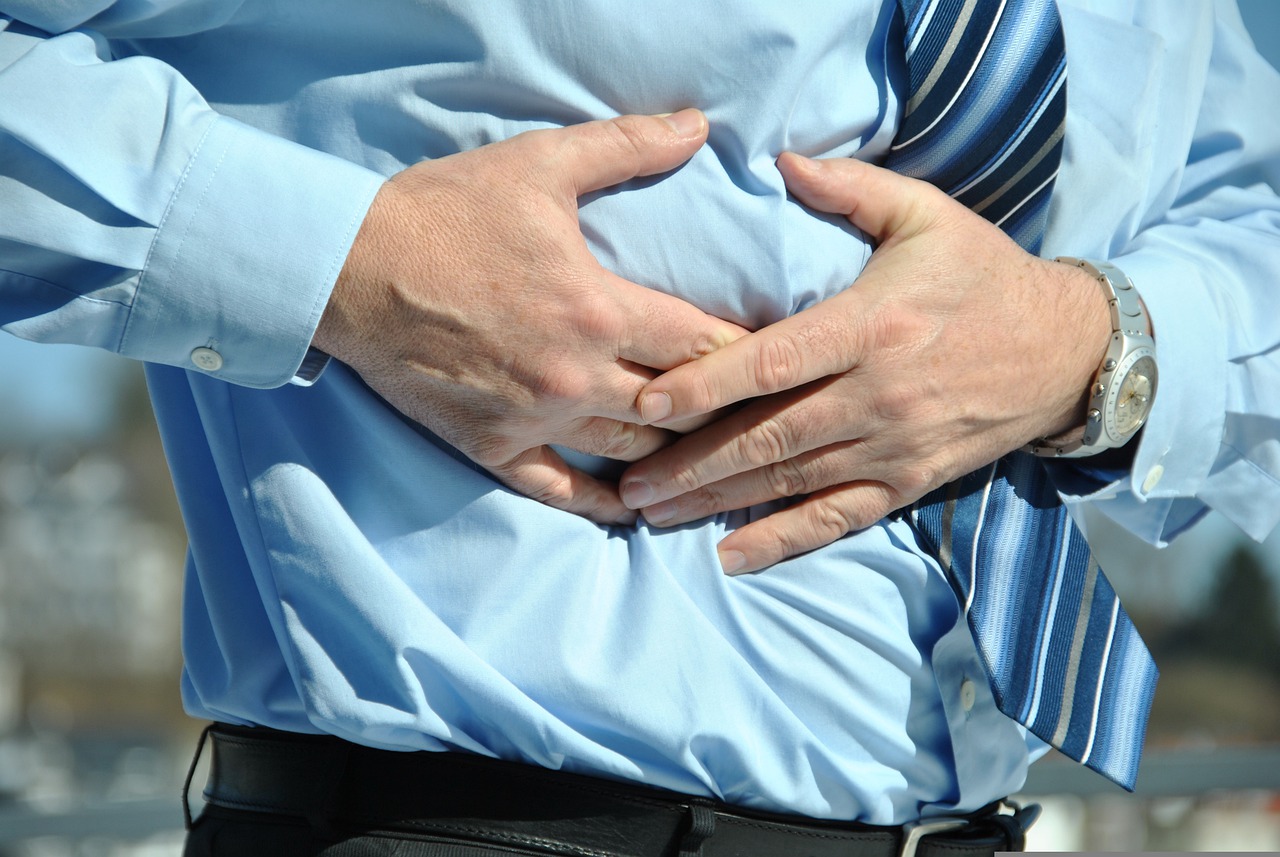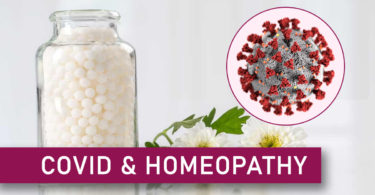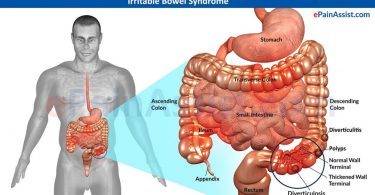
ABSTRACT: An acute and chronic inflammation of gastric mucosa is known as gastritis the inflammation is usually diffuse with or without erosion of the mucosa.
INTRODUCTION: H. pylori is common in all communities and probably spreads from person to person either through Oro-oral er faeco-oral route. Its prevalence is low in developed countries than in developing countries where infection is acquired during childhood. Variations occur in relation to geographical areas and ethnic background.
EPIDEMIOLOGY-The prevalence of this infection varies worldwide being as low as 10 per cent in developed western nations to higher than 80 per cent among the indigent populations of many developing countries. The prevalence of H. pylori in the Indian subcontinent can be as high as 80 per cent or more in rural areas.1
TYPES OF GASTRITIS: Acute gastritis, Chronic gastritis
ETIOPATHOGENESIS: Acute gastritis also referred to as reactive gastritis occurs as a result of the trigger by factors such as NSAIDS, stress, bile reflux, radiation, alcohol abuse, cocaine addiction and ischemic damage. the outcome of these triggers may result in ulcers haemorrhage and erosion of gastric mucosa.
PATHOPHYSIOLOGY OF ACUTE GASTRITIS: The decrease in the prostaglandin synthesis causes injury to the gastric mucosa. it safeguarded from the deleterious effects of the gastric acid by mechanisms promoted by the prostaglandins. In the majority of patients, the initial acute phase of gastritis is subclinical and is of short duration (about 7 to 10 days).
In the majority of cases Pylori is not eliminated and there will be gradual accumulation of chronic inflammatory cells over the next 3 or 4 weeks. the organisms are spontaneously cleared especially in childhood.
Following transmission, H. pylori penetrates the gastric mucosa and multiplies close to the surface epithelial cells.
Following adhesion to epithelial cells, the bacteria releases lipopolysaccharides (endotoxin) and chemotactic mediators which penetrate the surface epithelial cells.
MICROSCOPIC PATHOLOGY: Histological features observed includes:
Hyperaemia, Acute inflammation, Increased polymorphonuclear neutrophil in the superficial lamina propria, Erosion of the surface epithelium, Mucosal necrosis, Scarring (later sequelae).
CHRONIC GASTRITIS: In the majority of cases, the H. pylori infection persists leading to accumulation of large number of chronic inflammatory cells leading to active chronic gastritis.
CHRONIC GASTRITIS ETIOLOGICAL FACTOR: Infection with H pylori, Reflux of duodenal into the stomach- E.g., surgical intervention of region of pylorus, Associated disease of stomach and duodenum – E.g., Gastric and duodenal ulcer, gastric carcinoma, Hypochromic anaemia, Immunological factors E.g., Auto antibodies against intrinsic factor, Age late decade commonly.
TYPES OF CHRONIC GASTRITIS: Type A (autoimmune), Type B (non- specific)
PATHOPHYSIOLOGY OF TYPE A: It involves the fundus and body of stomach and spares the antrum. It is due to autoimmune response to parietal cell damage. The parietal cell destruction may be absolute leading to loss of intrinsic factor, achlorhydria and development of pernicious anaemia (vit. B12 deficiency).
It is rare in India and is asymptomatic. it predisposes to gastric carcinoma.
TYPE B GASTRITIS (NON-SPECIFIC): It is further of two types:
Infective (H pylori induced): it involves the antrum but spares the body of the stomach. It is caused by H pylori infection of the stomach.
Non infective: this occurs due to regurgitation of bile, pancreatic and intestinal juice into the stomach.
MICROSCOPIC PATHOLOGY: Variable epithelial degeneration, Neutrophile infiltration in the epithelium and the lamina propria, Variable H pylori colonization, Lymphocytes and plasma cell infiltration, Lymphoid follicles (typical feature of chronic gastritis)
HELICOBACTER PYLORI AND UPPER GASTROINTESTINAL TRACT: The spiral shaped, gram-negative, urease producing and non-invading bacterium colonises the epithelial mucous layer of the gastric antrum and body.
It produces urease enzyme which converts urea into ammonia, thus creating a local alkaline environment which protects H. pylori from the effects of gastric acid and helps in its colonisation in stomach.
It induces acute or chronic inflammatory response by local release of cytokines, i.e., IL-6and IL-8 within the mucosa involving polymorphs and mononuclear cells. The surface epithelium shows degeneration, detachment and necrosis. The long standing chronic active gastritis leads to atrophy, intestinal metaplasia and increases the risk of gastric cancer.
Acute infection with H. Pylori produces nonspecific transient illness that resolves within days. The gastrointestinal disorders associated orcaused by H. pylori are usually chronic such as:
• Chronic gastritis (most common). It is present in 30 -50%, it is asymptomatic.
• Chronic duodenal ulcer (common). Chronic H. pylori gastritis leads to duodenal and gastric ulceration in 10% cases. Gastric ulcer (common).
• Gastric malignancy (occasional). H. pylori gastritis predisposes to adenocarcinoma and B cell gastric lymphoma called MALToma (mucosa associated lymphoid tissue lymphoma).
• Non-ulcer (functional) dyspepsia (rare).
CLINICAL FEATURE OF GASTRITIS: Anorexia, Nausea vomiting, Abdominal pain and discomfort, Epigastric tenderness, Heartburn after eating, Belching, frequent hiccups, Dehydration, acid test in mouth, Iron deficiency anaemia (in severe cases).
DIAGNOSIS: Is made on the basis of-Clinical features, Blood examination may reveal anaemia, Upper GIT endoscopy, Rapid urease test (for H. pylori), Gastric biopsy.
DIFFERENTIAL DIAGNOSIS: Peptic ulcer, Cholecystitis, Gastric carcinoma, Pancreatitis, Zollinger -Ellison syndrome, IBD, Coeliac disease.
COMPLICATION OF GASTRITIS: Peptic ulcer, Vit b12 deficiency (autoimmune gastritis), Gastric perforation, Haematemesis (with coffee ground vomitus), Faecal blood loss (Malena).
GENERAL MANAGEMENT: Eat nutritious diet, avoid oily spiced food, stop alcohol and smoking uptake, Avoid stress.
HOMOEOPATHIC MANAGEMENT: homoeopathy is a holistic system of treatment the selection of medicine is based on individualisation and totality of symptoms by holistic approach. Remedy can be change person to person according to their symptom’s totality and individuation.
There are some homoeopathy remedies for gastritis;
1.NUX VOMICA-Sour taste, Weight and pain in stomach; worse, eating, Epigastrium bloated, with pressure s of a stone, Desire for stimulants. Dyspepsia from drinking strong coffee.
2.ARSENICUM ALBUM- Nausea, retching, vomiting, after eating or drinking. Anxiety in pit of stomach. Burning pain. Heartburn; Vomiting of blood, bile, green mucus.
3.ABIES NIGRA-Pain in stomach always comes on after eating. as if a hard-boiled egg had lodged in cardiac end of stomach.
4.CHAMOMILLA-Eructation, foul. Nausea after coffee. Sweats after eating or drinking. Aversion to warm drinks. Bitter, bilious vomiting. Pressive gastralgia, as from a stone.
5.CARBO VEGETABILIS-Eructation, heaviness, fullness, tense from flatulence, with pain; worse lying down. Burning in stomach, extending to back and along spine. Crampy pains forcing patient to bend double.
6.CHELIDONIUM MAJUS-Tongue yellow, with imprint of teeth; large and flabby. Taste bitter, pasty. Pain through stomach to back and right shoulder-blade. Gastralgia.
7.KALIUM BICHROMICUM-Nausea and vomiting after beer. Load immediately after eating. Feels as if digestion had stopped. Gastritis. Round ulcer of stomach. Stitches in region of liver and spleen.
8.ARGENTUM NITRICUM-Belching accompanies most gastric ailments. Nausea, vomiting. Flatulence; painful swelling of pit. Great craving for sweets.
9.LYCOPODIUM CLAVATUM-Dyspepsia due to fermentable food, cabbage, beans, etc. Excessive hunger, Desire for sweet things. Food tastes sour. Sour eructation. with much bloating. with bitter taste in mouth.
10.IPECACUANHA-Mouth, moist; much saliva. Constant nausea and vomiting, with pale, twitching of face. Vomits food, bile, blood, mucus. Stomach feels relaxed, as if hanging down.
11.BISMUTHUM SUBNITRICUM-Vomits, with convulsive gagging and pain. Water is vomited as soon as it reaches the stomach. Gastralgia, vomiting.
12.PHOSPHORUS-Hunger soon after eating. Sour taste and sour eructation after every meal. Vomiting; water is thrown up as soon as it gets warm in the stomach. Post-operative vomiting.
References –
- William Boercke Materia medica
- HC ALLEN, Allens keynote
- Dr.S.N.Chugh, practice of medicine.
| 1.Thirumurthi S, Graham DY. Helicobacter pylori infection in India from a western perspective. Indian J Med Res. 2012;136(4):549–62. |
Article Written By-
Dr. Chandrakala Shon MD Scholar (Practice of medicine)
Govt. Hom. Medical college, Bhopal, MP





